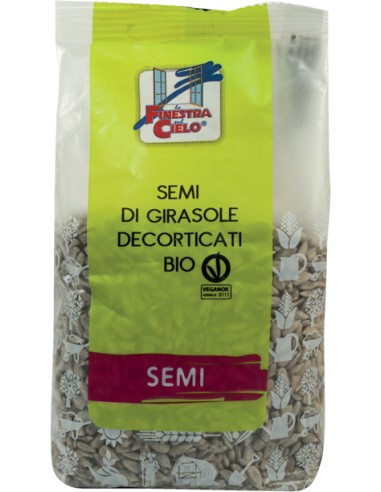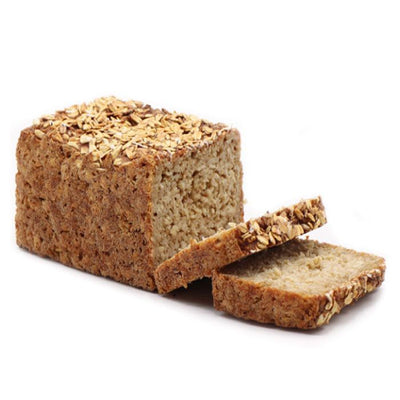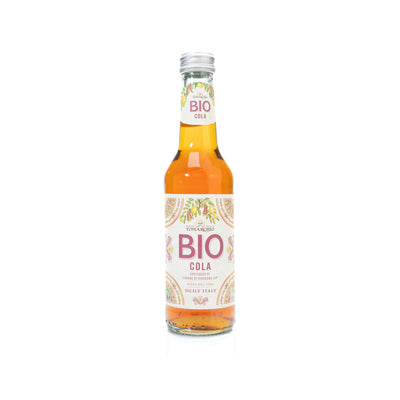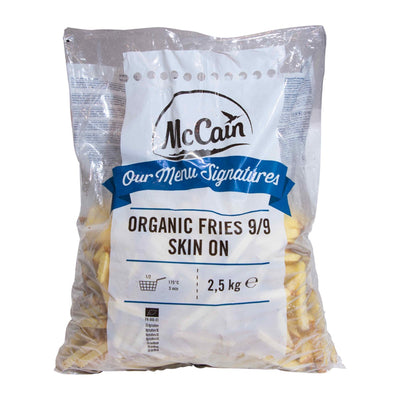Exploring the Unique Qualities of Pink Salt from the Himalayas
Salt, an essential element in our daily lives, is often taken for granted. While we typically view it as a simple seasoning, not all salt is created equal. Pink salt from the Himalayas, often hailed for its unique qualities, has been gaining popularity for its distinct flavor and purported health benefits.
In this article, we will embark on a journey to explore the extraordinary qualities of Himalayan pink salt, delving into its geological origins, mineral composition, culinary applications, and potential health advantages.
1. Himalayan salt geological origins
Natural salt that is extracted from the Khewra Salt Mine in Pakistan, which is close to the Himalayan mountain range, is referred to as Himalayan pink salt or Himalayan rock salt. This salt has an intriguing geological history that spans millions of years. It all began during the Precambrian era, when an ancient sea known as the Tethys Ocean existed in the region where the Himalayas now stand. Over time, the Tethys Ocean gradually evaporated, leaving behind vast salt deposits.
The immense pressure and geological processes involved in the formation of the Himalayas caused these salt deposits to become trapped within the Earth's crust. The salt layers remained buried for millions of years, allowing them to be protected from modern pollutants and contaminants. This natural isolation is a significant factor in the purity and uniqueness of Himalayan salt.
2. The Distinctive Pink Hue
The stunning rosy hue of Himalayan salt is among its most remarkable qualities. Trace minerals, including iron, magnesium, and potassium, are present in the salt crystals in different amounts and are responsible for their distinct color. From light pink to deep red, these minerals give the salt its characteristic pink or reddish hue.
The presence of these minerals not only imparts a visually appealing quality to the salt but also contributes to its taste and potential health benefits. Because different sources have different mineral compositions, there may be slight variations in color and flavor, giving each batch of Himalayan pink salt a unique flavor.
3. Mineral Composition
Himalayan salt is celebrated not only for its color but also for its unique mineral composition, which sets it apart from common table salt. Some of the key minerals found in Himalayan salt include:
While sodium chloride is the essential part of all salt, Himalayan salt normally contains a lower level of it contrasted with table salt.
This crucial mineral is significant for the majority body processes, including bone wellbeing, muscle and nerve capability, and numerous others. Himalayan salt contains a moderate measure of magnesium.
Potassium is necessary to sustain healthy electrolyte balance as well as heart and muscle function. It is found in relatively higher amounts in Himalayan salt compared to table salt.
Iron is responsible for the salt's distinctive pink color. It is present in trace amounts and provides a subtle earthy taste to the salt.
Himalayan salt contains small amounts of calcium, which is essential for bone health and muscle function.
Zinc, found in trace amounts, is crucial for immune system support and wound healing.
This trace mineral contributes to the salt's color and is essential for the formation of red blood cells.
It is thought that sulfate facilitates digestion and may have a slight laxative effect.
It's important to note that while these minerals are present in Himalayan salt, they are still relatively minimal compared to the minerals you would obtain from a well-balanced diet. Nonetheless, the unique combination of these minerals can have a subtle impact on the salt's flavor and potential health benefits.
4. Culinary Applications
Chefs and food enthusiasts love Himalayan salt because of its unique flavor and texture. Its applications in the culinary world are diverse, and it can be used in various ways, including:
Himalayan pink salt is an excellent choice for seasoning a wide range of dishes. Its mild yet complex flavor enhances the taste of both savory and sweet dishes. It can be sprinkled on vegetables, meats, and even desserts for a burst of unique taste.
The salt's large, coarse crystals make it a popular choice for cooking and grilling. Foods can be flavored with it by using it as a cooking surface, like a salt block. It is also useful for searing vegetables, meat, and shellfish when heated.
Himalayan salt is often used in brines for pickling and preserving food. Its mineral content can impart a subtle and nuanced flavor to preserved items.
For cocktails like margaritas or bloody marys, Himalayan pink salt can be used to rim the glass, providing a unique visual and flavor twist.
Because of its distinctive appearance and flavor, Himalayan salt is often used as a finishing salt. As a last-minute garnish, it can be sprinkled over dishes right before serving.
5. Potential Health Benefits
Beyond its culinary applications, Himalayan salt has gained a reputation for potential health benefits. While it's not a panacea, some of the unique qualities of this salt may offer certain advantages when used in moderation:
Himalayan pink salt contains lower levels of sodium chloride compared to table salt. For those who need to watch how much salt they eat because of health issues like high blood pressure, this may be helpful.
The array of trace minerals present in Himalayan salt may provide subtle health benefits. For instance, potassium is necessary to preserve appropriate electrolyte balance, while magnesium supports muscle and nerve function. However, it's important to note that the quantities of these minerals in salt are relatively low, and a well-rounded diet is the primary source of these nutrients.
Some proponents of Himalayan salt suggest that it may help with hydration and electrolyte balance. The salt's mineral content can help maintain proper fluid balance in the body, especially for individuals engaged in strenuous physical activities.
Sulfate, a trace mineral in Himalayan pink salt, is believed to aid in digestion and may have a mild laxative effect.
Because of its ancient origins and isolation within the Earth's crust, Himalayan salt is often considered to be purer and less contaminated by modern environmental pollutants than sea salt or table salt.
Stressing that Himalayan pink salt, similar to some other salt, ought to be consumed with some restraint despite the fact that it could have some medical advantages is significant. Overconsumption of salt can bring about hypertension and a higher opportunity of coronary illness, among other medical conditions. Prior to rolling out significant dietary improvements, individuals with specific ailments or dietary limitations ought to talk with a medical care supplier.
6. Purity and Authenticity
The authenticity of Himalayan salt is of paramount importance. To ensure the purity and authenticity of the salt, it's essential to source it from reputable suppliers and brands that can provide the necessary certifications and traceability for their products.
Certifications, such as "Food Grade" or "USDA Organic," are good indicators of quality. Additionally, some producers offer third-party lab testing results to verify the mineral composition and purity of their salt. When purchasing Himalayan pink salt, take time to research the supplier and read customer reviews to ensure you are getting a genuine product.
7. The Environmental Impact
While Himalayan salt has garnered acclaim for its unique qualities, it is not without controversy. The environmental impact of mining the salt from the Khewra Salt Mine has raised concerns. The excavation process can have a significant ecological footprint, impacting the surrounding area, including groundwater resources and local communities.
Furthermore, the transportation of Himalayan salt to international markets can contribute to carbon emissions and other environmental concerns. To address these issues, it is essential for both consumers and producers to consider sustainable practices and responsible sourcing of Himalayan pink salt.
Conclusion
The aesthetic appeal of Himalayan pink salt is not its only attraction. It is a product with a rich geological history and unique qualities that set it apart from common table salt. It is a popular option for both foodies and health-conscious people due to its unique pink color, mineral makeup, and possible health advantages.
In the end, Himalayan pink salt's unique qualities, coupled with its geological origins, make it a fascinating addition to the world of culinary arts and health-conscious living. Whether you choose to use it as a finishing touch to a gourmet dish or appreciate its potential health benefits, Himalayan pink salt has rightfully earned its place in the spotlight as a culinary and dietary treasure.













